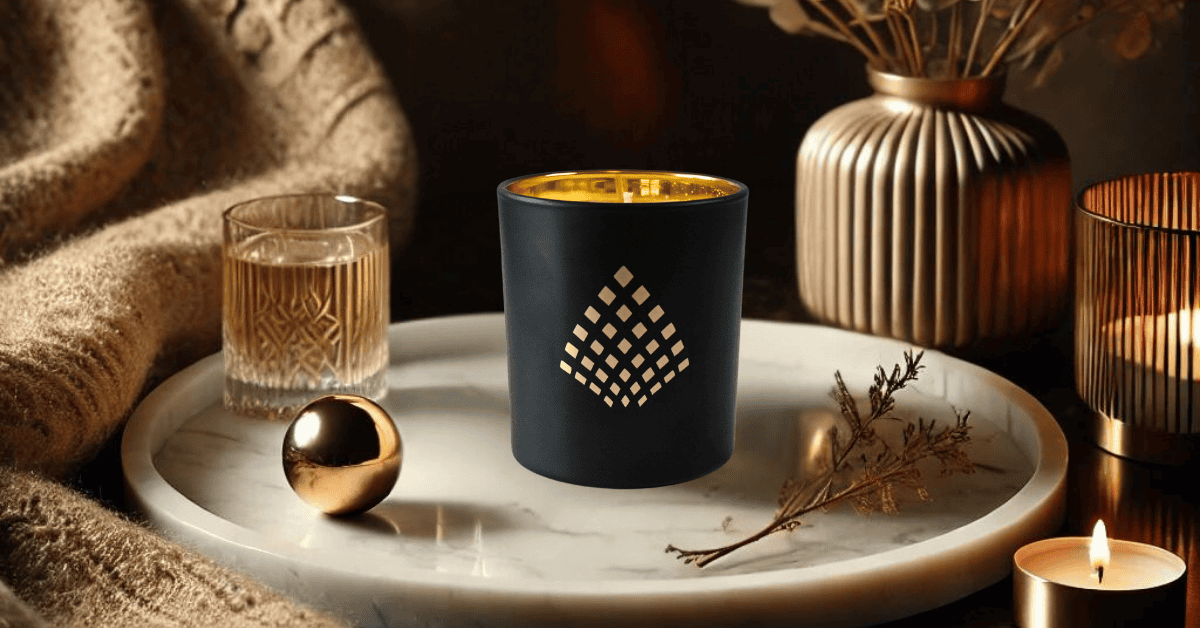Why Does My Candle Smell Different When Lit?

If you’ve ever fallen in love with a candle on the shelf, only to light it at home and wonder where that dreamy scent went—you’re not alone. One of the most common (and confusing) questions in the home fragrance world is: why does a candle smell different when burning?
It’s not in your head—there are real scientific reasons behind it.
Cold Throw vs. Hot Throw: What’s the Difference?
- Cold Throw refers to the way a candle smells when it’s unlit. You experience this when you open the lid or smell it on a shelf.
- Hot Throw is the scent you experience when the candle is burning.
Different fragrance notes react uniquely to heat. Some become stronger and more pronounced, while others fade or change entirely. That’s where things get interesting.
Why the Scent Changes
1. Fragrance Volatility
- Top notes (like citrus or herbs) are light and evaporate quickly with heat. That means they often disappear first when the candle is burning.
- Middle notes (also known as heart notes) bridge the gap between the top and base. These are often florals, spices, or fruits—like rose, jasmine, cinnamon, or peach. Middle notes emerge shortly after lighting and define much of the character of a candle’s scent when it’s actively burning. They tend to evolve more noticeably with heat.
- Base notes (like musk, sandalwood, or vanilla) stick around longer and may dominate the hot throw.
2. Heat Chemistry
When wax heats up—typically reaching temperatures between 120°F and 180°F during a burn—it causes the fragrance molecules to become more volatile. This volatility allows them to evaporate more readily and disperse into the air. Some delicate compounds may even degrade or transform slightly under heat, altering the perceived scent profile.
3. Burn + Environment Factors
Several physical and environmental factors play a role in how your candle performs once lit:
- Wick Size and Type: A wick that is too small won’t create a large enough flame to melt enough wax to release the full fragrance. A wick that is too big could burn too hot, altering how fragrance is released.
- Fragrance Load: The amount of fragrance oil in the wax affects how strong the scent is when lit. Too little results in weak scent throw, while too much can affect burn quality and scent clarity.
- Wax Type: Different waxes hold and release fragrance differently. Soy wax typically gives a smoother, subtler hot throw, while paraffin can provide a more intense scent release.
- Environmental Conditions: Room size, airflow, humidity, and temperature all impact how the fragrance disperses. A strong scent in a small room might feel faint in an open space with lots of ventilation.
4. Perception Over Time
- Cold throw gives you a sharp, concentrated first impression. Hot throw, on the other hand, is more diffused and ambient.
- Your nose also acclimates over time, meaning the scent may feel less noticeable the longer you're exposed to it.
How to Choose a Candle for Better Hot Throw
- Go for balanced notes: Candles with strong mid and base notes (woods, resins, creamy florals) tend to perform better hot.
- Test in your space: That dreamy scent in-store might smell entirely different in your home’s environment.
- Buy from brands who test thoroughly: Some makers (like us!) thoroughly test both cold and hot throws to ensure the wick, fragrance load, and wax blend work cohesively together for optimal scent performance.
Final Thoughts
So next time you light a candle and it smells a little different than you expected—know that it’s not a flaw, it’s just fragrance doing its thing.
Understanding the science behind hot and cold throws helps you choose better candles, manage expectations, and fully enjoy the art of scent.
Curious how our candles perform? Every fragrance blend we create is carefully tested for both cold and hot throws to ensure a full, consistent scent experience from the first unlit impression to the final burn.

